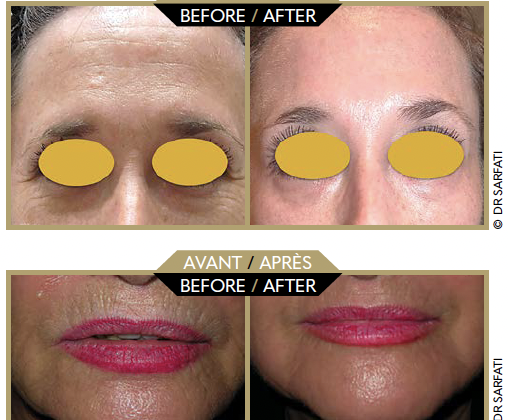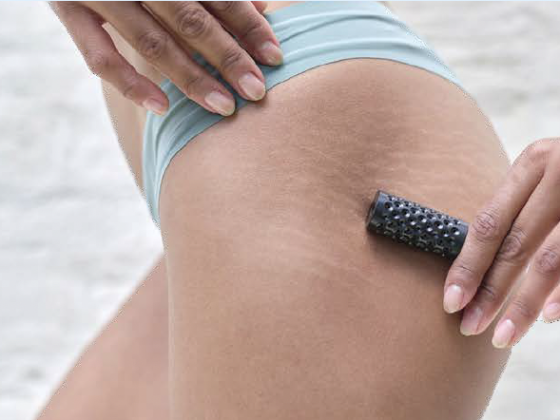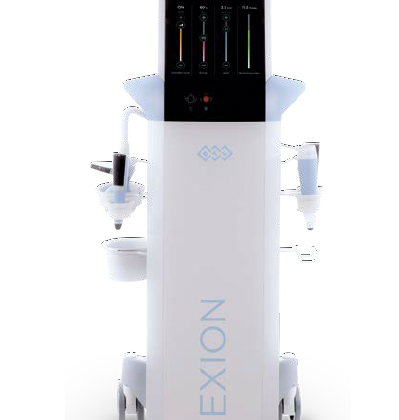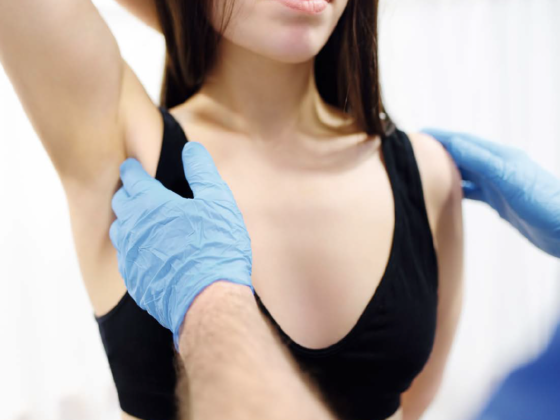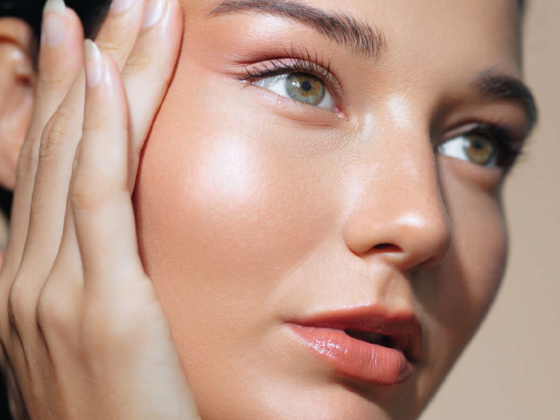A new standard in bioregeneration and Future aesthetic medicine treatments
Dr Michael Margulies
Moving from the original PLLA Biostimulators to the next generation of natural Bioregenerators to improve skin quality and natural outcomes
Despite their wide use in aesthetic treatments, poly-L-lactic (PLLA) injectables have major limits in our clinical practice. Here we present the technology behind the new product by Nordberg Medical, PLLA-LASYNPRO™, a new PLLA made of microspheres with the right features that will surely change the game in skin quality and patient benefits.
How DOES PLLA FIT into an integrative vision of regenerative medicine?
Regenerative medicine, a true breakthrough in patient care, aims to repair or replace damaged tissues through natural biological mechanisms. Among the promising innovations, PLLA occupies a special place thanks to its unique potential to stimulate collagen production and to integrate harmoniously into a multidimensional approach to tissue regeneration.
PLLA: a key player in biostimulation
PLLA, a biodegradable and biocompatible polymer, is mainly used as an injectable product for the restoration of lost volumes and stimulation of endogenous collagen. Unlike purely volumising solutions such as hyaluronic acid, PLLA acts in depth over the long term, encouraging the skin to regenerate naturally. This prolonged action makes it an ideal tool to support regenerative processes.
An integrative approach in regenerative medicine
Regenerative medicine is characterised by a global and multidisciplinary approach, where targeted interventions are combined with systemic strategies. In this context, PLLA is an ideal complementary tool. Here are some examples:
- Synergy with PRP (Platelet Rich Plasma) treatments: PRP injections, rich in growth factors, accelerate cell regeneration. Combined with PLLA, PRP amplifies the results by further stimulating collagen synthesis.
2. Complementarity with stimulation-based energies (radiofrequency, ultrasound): PLLA reinforces the effects obtained by these techniques, maintaining the duration of the results and providing a lasting biological response.
3. Support in dietary protocols: A balanced diet and suitable supplements, such as oral collagen and antioxidants, optimise the effects of PLLA by promoting a favourable backdrop to cell regeneration.
Key benefits for physicians
• Long-lasting results: PLLA works over a prolonged period of time, providing long-lasting visible effects.
• Patient-centric: Thanks to its biocompatibility, it meets patients’ expectations for natural solutions.
• Versatility: It is suitable for various patient profiles, from young adults seeking to prevent the first signs of aging, to older patients in need of structural restoration.
A new PLLA with unique patient characteristics and benefits
For over 25 years, PLLA injectables were successfully used worldwide to address volume loss, skin laxity and wrinkle reduction. However, the success of the provided treatment is highly dependent on the knowledge of the product, its mechanism of action and injection technique to avoid any papules, nodules and granulomas (all these products have to be injected in the subcutaneous layer to avoid any side effects)(1,2).
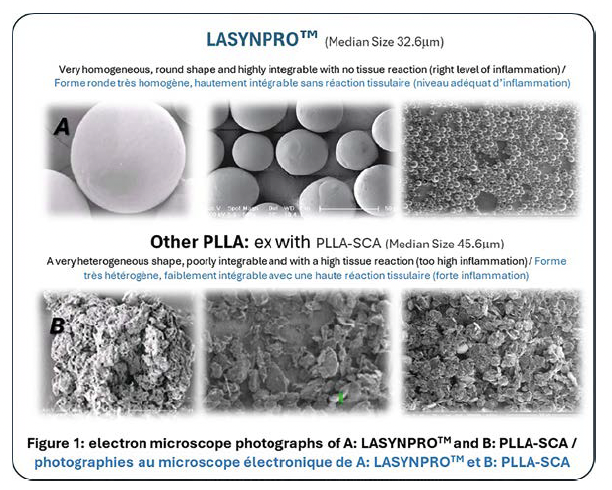
The issue from current products may come from their 3D structure. Indeed, it was shown in 1976 that triangular or pentagon-shaped polymers injected into the skin induce a tissue reaction and inflammation. Only rounded polymers were demonstrated to induce a low reaction, presumably because this shape is less recognised as a foreign body by the immune system. Rounded conformation thus offers the opportunity of getting all PLLA advantages without any inconveniences of current products, designed with an heterogeneous 3D conformation (Fig1)(3).
Taking this into account, together with the potential of PLLA on skin and extracellular matrix (ECM) regeneration (collagen and HA genesis notably)(1,4-7), Nordberg Medical AB, a Swedish biotech company present in several European markets, has recently launched the unique PLLA-LASYNPRO™ technology.
This new treatment offers lots of advantages and patient benefits vs. other PLLA treatments.
Indeed, with high density, low porosity microspheres of the right sise (20-50µm), this new product offers superior, unmatched tissue biocompatibility and optimal tissue biointegration. The microspheres being at the right sise, they induce a low inflammation process as well as collagen and ECM regeneration with a very efficient treatment that lasts up to 24 months. This product is also of great use in our practice since it has a very easy and short time of reconstitution (5 min only) for immediate use. Finally, the microspheres permit more superficial injections in the dermis, compared with conventional PLLA.
PLLA perfectly embodies the philosophy of integrative regenerative medicine: restore, repair and prevent while aligning with the aging processes.
PLLA-LASYNPRO™, a new PLLA with unique characteristics offer new possibilities in our daily practice.
Dr Michael Margulies
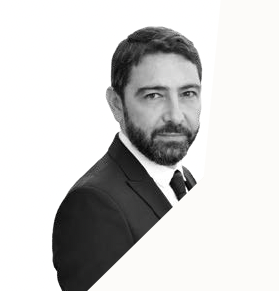
Specialist in Integrative and Anti-Aging Medicine. Medical Director of MIAA Centre. DIU in Morphological and Anti-Aging Medicine, Paris Descartes University. DIU in Mesotherapy, Sorbonne Medical School. Trainer at Vivacy Laboratories. Aptos Threads Lifting Trainer & Speaker. KOL Zimmer Aesthetic
More: centremiaa.com
For any medical inquiries please contact Medinfo.France@nordbergmedical.com
Bibliographie / Bibliography
1. Avelar LE, Nabhani S & Wüst S. Unveiling the mechanism: injectable poly-L-lactic acid’s evolving role – insights from recent studies. J Cosmet Dermatol. 2024 Oct 16.
2. Ezzat WH & Keller GS. The use of poly-L-lactic acid filler in facial aesthetics. Facial Plast Surg. 2011 Dec;27(6):503-9.
3. Matlaga BF, Lewis P, Yasenchak & Salthouse TN. Tissue response to implanted polymers: the significance to sample shape. J. Biomed. Mater. Res. 1976; 10: 301-97.
4. Zhu W & Dong C. Poly-L-Lactic acid increases collagen gene expression and synthesis in cultured dermal fibroblast (Hs68) through the TGF-β/Smad pathway. J Cosmet Dermatol, 2023;22:1213–1219.
5. Dong et al. Poly-l-lactic acid microspheres delay aging of epidermal stem cells in rat skin. Frontiers in immunology, 2024, 15:1-13.
6. Lee T-Y. Lactate: a multifunctional signalling molecule. Yeungnam Univ J Med, 2021, 38(3):183–193.
7. Oh S et al. Poly-L-Lactic Acid fillers improved dermal collagen synthesis by modulating M2 macrophage polarisation in aged animal skin. Cells. 2023,12, 1320.






